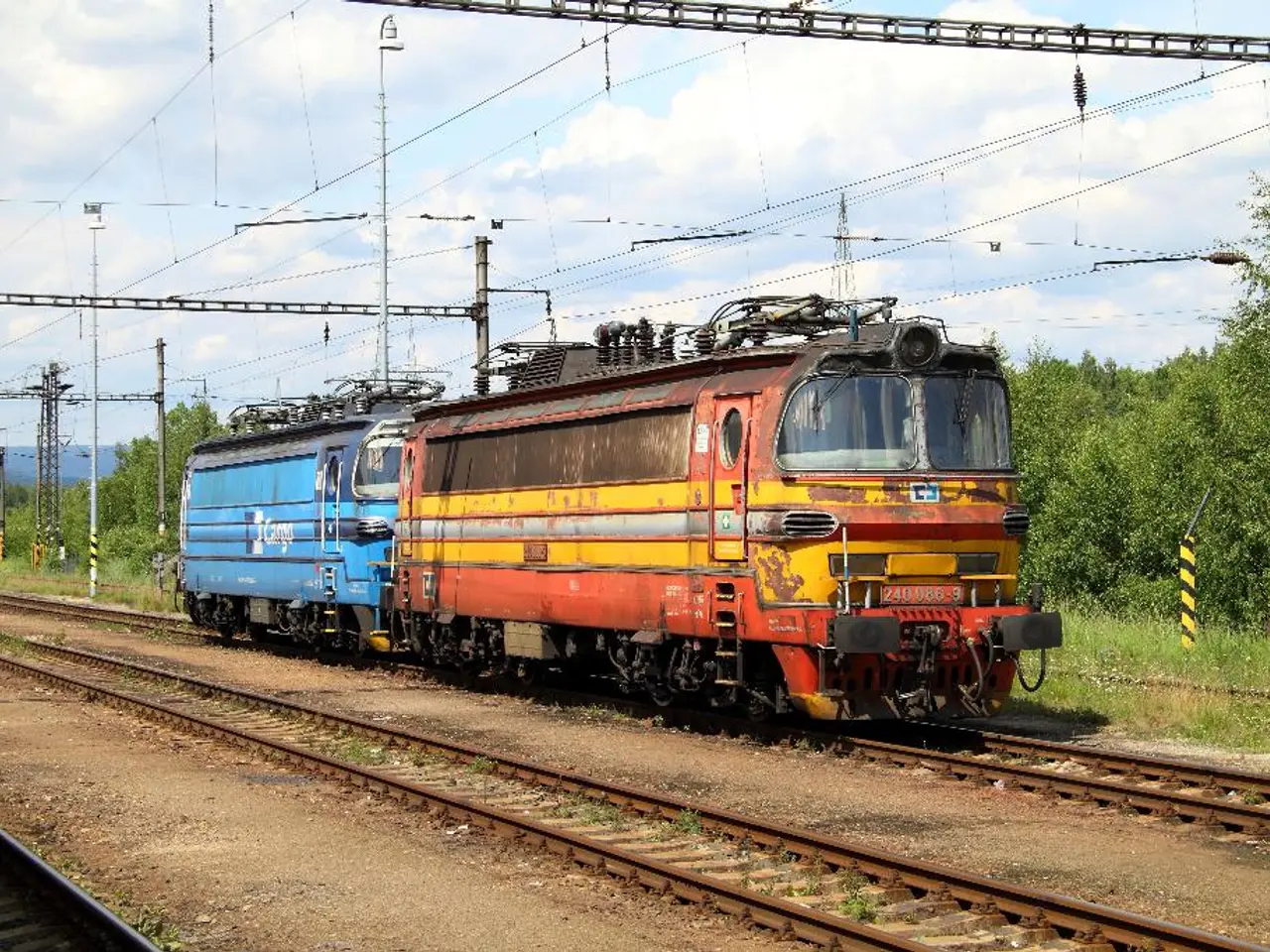University-led advance in nuclear energy application for synthesizing ammonia, spearheaded by American institution.
In an effort to meet global agricultural needs and reduce greenhouse gas emissions, a project funded by the U.S. Department of Energy is developing two reference designs of carbon-free ammonia plants. One design uses freshwater, while the other utilises seawater or brackish water as the hydrogen source.
The project, led by a U.S. university, aims to optimise the design and operating conditions of key processes, including the High-Temperature Steam Electrolysis (HTSE) system and the Haber-Bosch process. The HTSE operates at 750°C in current designs and can decrease the electricity demand for ammonia production, making it suitable for nuclear energy, particularly small modular reactors (SMR).
Three cases have been investigated for integrating the HTSE with SMRs. In Case 1, hydrogen and steam diverted from the SMR are used to heat the HTSE feedwater until it becomes saturated vapour at 5 bar. Case 2 preheats the HTSE feedwater using ammonia products from the Haber-Bosch (H-B) reactor, with the remaining latent heat provided by the hydrogen product stream and an electric heater. Case 3 preheats the HTSE feedwater using the heat generated in the multi-stage compressors (MSC) before receiving additional heating from the ammonia product stream leaving the H-B reactor. Case 3 has the highest production rate of ammonia by harnessing the waste heat generated in the H-B unit to produce steam for the HTSE.
The H-B process integrated with the HTSE system can provide latent heat of vaporisation for its feed water, improving the overall system efficiency. The project will also incorporate freeze desalination and ice energy storage subsystems when using seawater or brackish water as the hydrogen source.
Conventional ammonia production processes rely on natural gas steam reforming, leading to significant greenhouse gas emissions. By contrast, the nuclear-powered ammonia system is designed to operate with a SMR based on a NuScale Power Module (NPM) with a thermal power rating of approximately 250 MWt and a gross electrical output of 77 MWe. Although the current designs use a single NPM, the system can be scaled to incorporate multiple NPMs.
The overall economics of carbon-free ammonia powered by nuclear energy can be improved significantly. This innovative approach not only addresses the challenge of meeting agricultural needs sustainably but also reduces the carbon footprint of ammonia production, which currently accounts for over 420 million tons of CO2 annually and 2% of global fossil energy use.
Alternative approaches for carbon-free ammonia production, such as renewable-2 or nuclear-powered water electrolysis, are being developed. The development of these carbon-free ammonia plants represents a promising step towards a more sustainable future for agriculture and the environment.
Read also:
- Competing strategies for addressing infertility come under scrutiny in the halls of Congress
- High school football in Ohio called off due to a legal dispute claiming players suffered violent hazing incidents
- Job opening at Save the Children organization
- Essential Techniques for Successful Snack Food Business Branding





